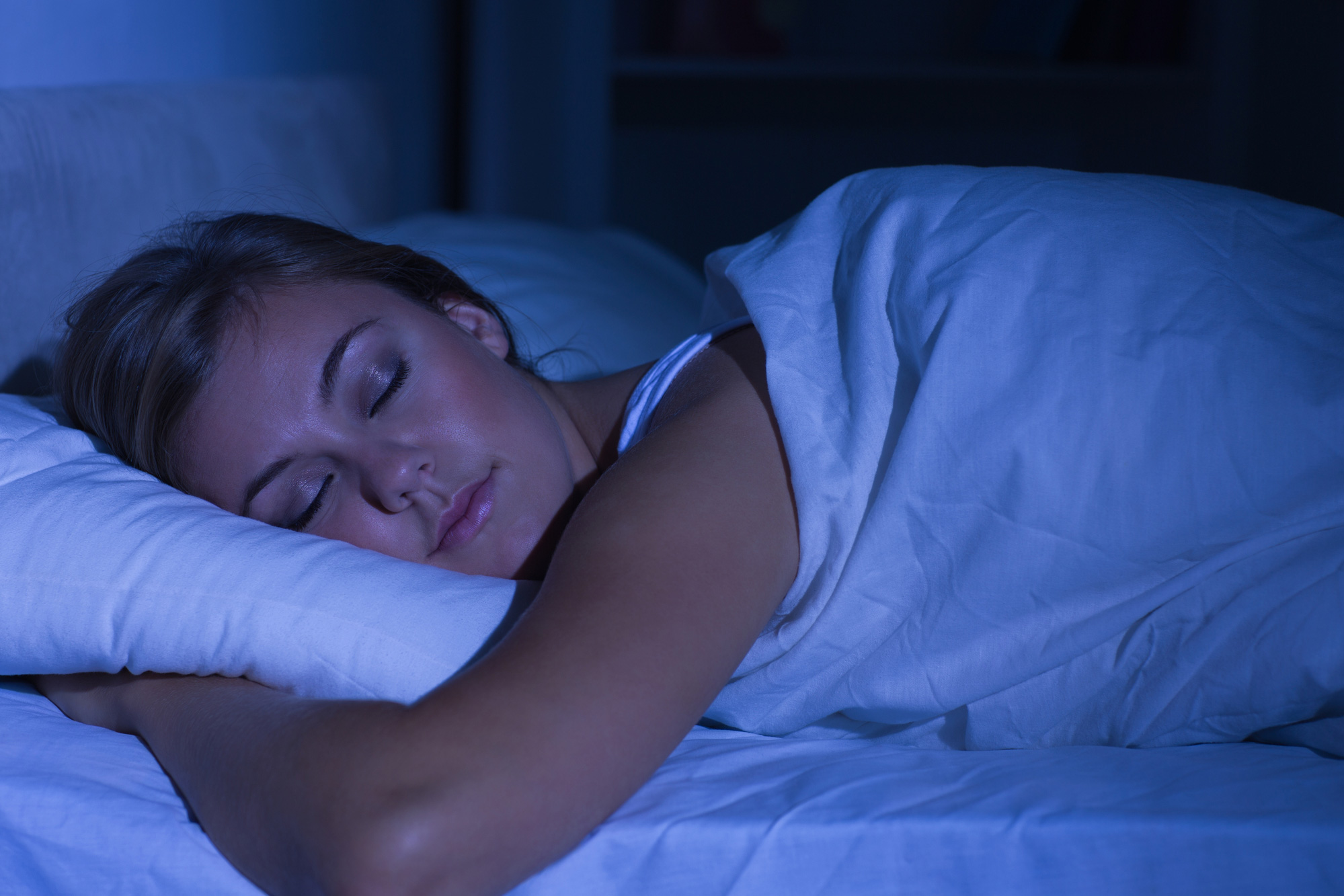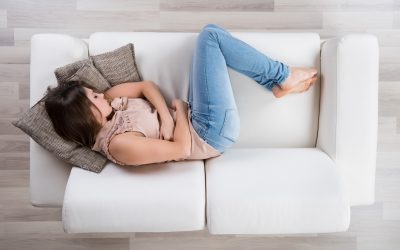
Sleep trackers are a cool addition to your health plan if the information they give you helps shape and shift your daily routine and choices and gives you a benchmark and something to measure over time.
There has been much debate over the accuracy of each sleep tracker (rings, watches, and other wearables) but the focus of this article isn’t to contest whether your watch actually knows how much REM sleep you have, it’s to highlight another important aspect of diagnosing your sleep that your tracker will never tell you.
The number one reason patients walk through my door is to talk about their fatigue. Whether it’s the number one concern or a woven-in part of their experience (for example: I’m trying to lose weight but I’m too tired to do anything after work), fatigue is a massive obstacle to people showing up in their lives as their best selves. An often-overlooked aspect of fatigue is a detailed history of sleep. Even as health care practitioners, when we ask patients if they sleep and they say “yup”, we don’t usually dive deeper to find out if, despite a positive recount of sleep, it’s actually the source of daytime sleepiness and fatigue.
So, what I’m getting at, is that you need your sleep assessed. What are we looking for?
Sleep apnea.
Now, before you stop reading and claim “but Jordan, I don’t snore”, give me a moment to educate you more about this highly prevalent (meaning a lot of you have it) and underdiagnosed condition.
Sleep apnea has a prevalence of almost 20% in the population over 50 years of age, with many other medical conditions (deviated septum, allergies, and asthma and even PCOS) having higher risk, meaning that if you’re under 50, you may still be struggling with this condition more often than the average bear.
Sleep apnea causes temporary airway obstruction while sleeping usually because of a physical obstruction such as fluid retention, enlarged tonsils in kids or from a large neck circumference. These intermittent obstructions lower your body’s oxygen levels (called hypoxia) and the end result is a “concerned brain”, cardiovascular inflammation and other hormone changes that can cause nighttime urination, increased cholesterol and blood sugar challenges.
By “concerned brain”, I’m referring to the fact that the brain does not like to be in a low oxygen state. It’s stressful, and the response the brain gives to low oxygen is higher stress output and activation of the sympathetic nervous system. This excessive “stressed” state is responsible for raising blood pressure and increasing cardiovascular risk. It also interferes with sleep, hence your fatigue.
Sleep apnea cannot be diagnosed with your sleep tracker, and although there are at-home apnea assessment kits, the gold standard for testing is to do a polysomnography in a dedicated sleep lab. How should we decide if you should book an appointment with a sleep clinic? There are questionnaires that can teach us the likelihood of you having sleep apnea and whether you deserve a further assessment, but if you snore, have ever been observed waking up in the night gasping or have woken yourself up gasping, have high blood pressure, are overweight, are male or over 50 as a female, and have a higher BMI then we should consider assessing you.
What about if you’re “just tired”?
In my opinion, patients with unexplained daytime sleepiness should still be considered for a sleep study to rule out apnea. The loss of quality of life from fatigue is significant for most patients and the consequences of having untreated and undiagnosed sleep apnea has a greater impact on your overall health than just your sleep.
Usually when I broach the subject of a sleep study patients are hesitant. They either feel like the night in the sleep lab will be so terrible that they want to avoid it at all costs, that they “probably don’t have sleep apnea”, or they fear the potential that they will need to sleep with a machine to treat apnea. I understand the hesitancy. I also watch patients try medication, supplements, new mattrasses and ultimately reduce their activity levels to manage their fatigue. A sleep study can dramatically change the course of your health and wellness journey.
What would you accomplish if you weren’t so tired?
Jordan
====
Geer, J. H., & Hilbert, J. (2021). Gender Issues in Obstructive Sleep Apnea. The Yale Journal of Biology and Medicine, 94(3), 487–496.
Kim, S. E., Park, B. S., Park, S. H., Shin, K. J., Ha, S. Y., Park, J., & Park, K. M. (2015). Predictors for Presence and Severity of Obstructive Sleep Apnea in Snoring Patients: Significance of Neck Circumference. Journal of Sleep Medicine, 12(2), 34–38. https://doi.org/10.13078/jsm.15007
López-Padilla, D., Terán-Tinedo, J., Cerezo-Lajas, A., García, L. R., Ojeda-Castillejo, E., López-Martín, S., Diaz-Cambriles, T., Virseda, S. G., Melgar, B. A., Pizarro, A. C., Alcocer, H. L., Troncoso-Acevedo, M. F., García, T. G., Yeste, P. L., Cano-Pumarega, I., García-Sánchez, A., Arcos, B. A., García, E. Z., Rodríguez, P. L., … Baena, E. M. (2021). Moderate obstructive sleep apnea and cardiovascular outcomes in older adults: A propensity score matched multicenter study (CPAGE-MODE Study). Journal of Clinical Sleep Medicine: JCSM: Official Publication of the American Academy of Sleep Medicine. https://doi.org/10.5664/jcsm.9656
Shirahama, R., Tanigawa, T., Ida, Y., Fukuhisa, K., Tanaka, R., Tomooka, K., Lan, F.-Y., Ikeda, A., Wada, H., & Kales, S. N. (2021). Long-term effect of continuous positive airway pressure therapy on blood pressure in patients with obstructive sleep apnea. Scientific Reports, 11(1), 19101. https://doi.org/10.1038/s41598-021-98553-0
Singh, A., Chaudhary, S. C., Gupta, K. K., Sawlani, K. K., Singh, A., Singh, A. B., & Verma, A. K. (2021). Prevalence of obstructive sleep apnea in diabetic patients. Annals of African Medicine, 20(3), 206–211. https://doi.org/10.4103/aam.aam_43_20
Slowik, J. M., & Collen, J. F. (2021). Obstructive Sleep Apnea. In StatPearls. StatPearls Publishing. http://www.ncbi.nlm.nih.gov/books/NBK459252/
Wang, J., Yu, W., Gao, M., Zhang, F., Gu, C., Yu, Y., & Wei, Y. (2015). Impact of Obstructive Sleep Apnea Syndrome on Endothelial Function, Arterial Stiffening, and Serum Inflammatory Markers: An Updated Meta‐analysis and Metaregression of 18 Studies. Journal of the American Heart Association: Cardiovascular and Cerebrovascular Disease, 4(11), e002454. https://doi.org/10.1161/JAHA.115.002454
Yeom, S. W., Kim, M. G., Lee, E. J., Chung, S. K., Kim, D. H., Noh, S. J., Lee, M. H., Yang, Y. N., Lee, C. M., & Kim, J. S. (2021). Association between septal deviation and OSA diagnoses: A nationwide 9-year follow-up cohort study. Journal of Clinical Sleep Medicine: JCSM: Official Publication of the American Academy of Sleep Medicine, 17(10), 2099–2106. https://doi.org/10.5664/jcsm.9352
Zhang, D., Zhang, Z., Li, H., & Ding, K. (2021). Excessive Daytime Sleepiness in Depression and Obstructive Sleep Apnea: More Than Just an Overlapping Symptom. Frontiers in Psychiatry, 12, 710435. https://doi.org/10.3389/fpsyt.2021.710435
Zhang, F., Wu, X., Duan, W., Wang, F., Huang, T., & Xiang, M. (2021). Influencing Factors of Daytime Sleepiness in Patients with Obstructive Sleep Apnea Hypopnea Syndrome and Its Correlation with Pulse Oxygen Decline Rate. Evidence-Based Complementary and Alternative Medicine: ECAM, 2021, 6345734. https://doi.org/10.1155/2021/6345734
Zreaqat, M., Hassan, R., Samsudin, A. R., Stas, Y., & Hanoun, A. (2021). Tonsil Size and Mallampati Score as Clinical Predictive Factors for Obstructive Sleep Apnea Severity in Children. The Journal of Contemporary Dental Practice, 22(7), 850–853.


0 Comments